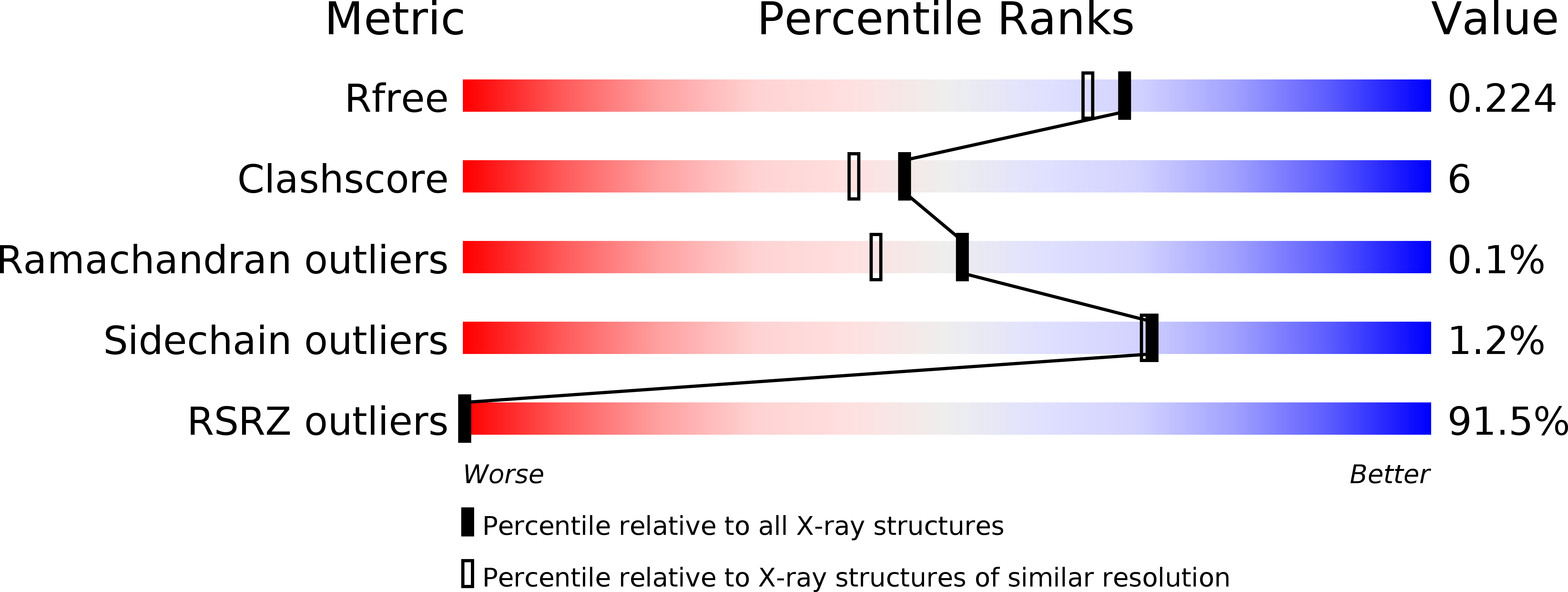
Deposition Date
2019-10-21
Release Date
2020-07-15
Last Version Date
2023-11-22
Entry Detail
PDB ID:
6L4Z
Keywords:
Title:
Crystal structure of Zika NS2B-NS3 protease with compound 6
Biological Source:
Source Organism:
Zika virus (Taxon ID: 64320)
Host Organism:
Method Details:
Experimental Method:
Resolution:
1.90 Å
R-Value Free:
0.22
R-Value Work:
0.17
R-Value Observed:
0.19
Space Group:
P 21 21 21


